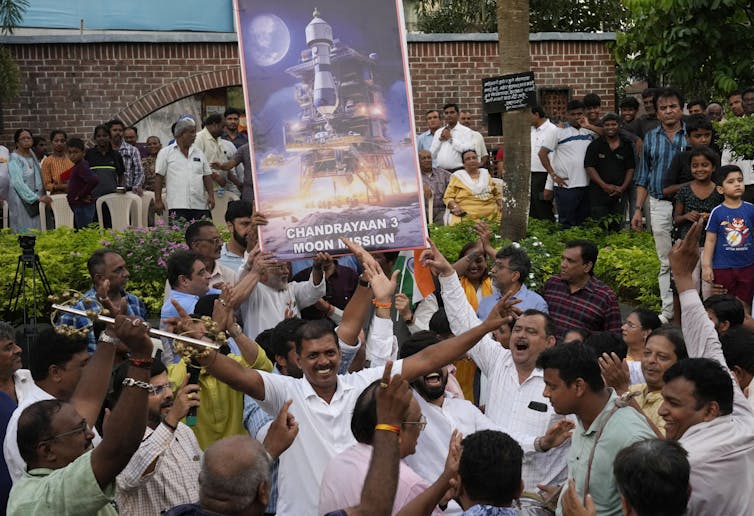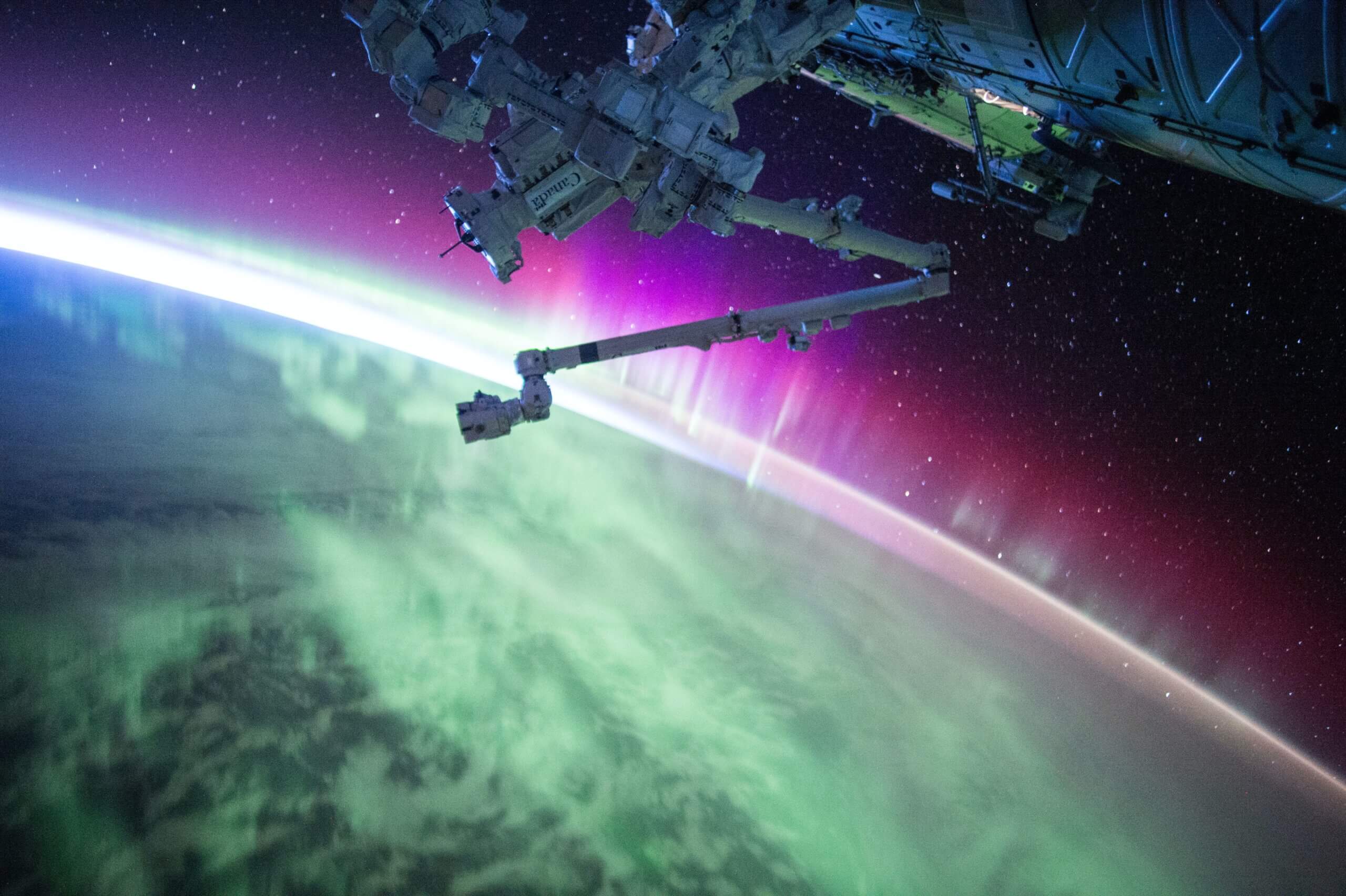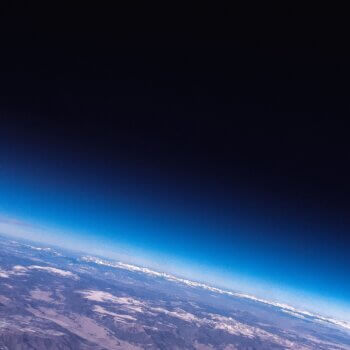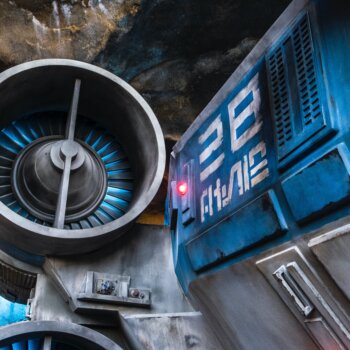Key Takeaway:
The Moon currently contains nearly 100 bags of human waste, and as more nations visit the Moon, the amount of trash on the lunar surface and in Earth’s orbit is expected to increase. Over the next ten years, governments and private enterprises like SpaceX and Blue Origin plan up to 100 lunar missions. The area between Earth and the Moon is less crowded than near-Earth orbit, with nearly 7,700 satellites orbiting the Earth within a few hundred miles. Space junk, including debris from spacecraft wreckage, rocket boosters, and human waste, is causing a “tragedy of the commons” where multiple interests have access to a common resource, leading to its eventual depletion and unusability for everyone. The current gold rush approach to space exploration combined with a lack of regulation means that space junk and waste will only grow in volume.
Presently, the Moon has a significant amount of waste, encompassing almost 100 bags of human waste. As more nations visit the Moon, the amount of trash on the lunar surface and in Earth’s orbit is expected to increase significantly.
In August 2023, India’s Chandrayann-3 mission made a successful landing in the southern polar region of the Moon, making it the fourth country to do so. Meanwhile, Russia’s Luna-25 probe crashed into the Moon’s surface.

People back on Earth will need to consider what will happen to all of the landers, waste, and other debris left on the lunar surface and in orbit as more nations land on the moon.
Space is getting crowded
Although space is perceived by most as being vast and empty, there is growing population in the near-Earth environment. Over the next ten years, governments and private enterprises like SpaceX and Blue Origin plan up to 100 lunar missions.
The area between Earth and the Moon is less crowded than that of near-Earth orbit. In contrast to the 240,000 miles to the Moon, it is from 100 to 500 miles straight up. At the moment, there are almost 7,700 satellites orbiting the Earth within a few hundred miles.By 2027, that figure might increase to several hundred thousand. A large number of these satellites will be used to monitor Earth’s climate and agriculture, as well as to provide internet access to developing nations. Businesses such as SpaceX have been instrumental in this surge of activity by significantly reducing launch costs.
The problem of space junk
With all of this activity, there are risks and debris. There is a lot of trash that humans have left behind on the Moon, such as spacecraft wreckage from over 50 crash landings, such as rocket boosters, almost 100 bags of human waste, and various items like boots, feathers, and golf balls. Our trash total from it comes to about 200 tonnes.
Nobody is in charge of maintaining the Moon’s cleanliness and order since nobody owns it.
Defunct spacecraft, spent rocket boosters, and astronaut-discarded objects like a glove, a wrench, and a toothbrush are among the debris in Earth’s orbit. It also contains minute fragments of debris, similar to paint flecks.
About 100 million fragments of debris larger than 1 mm (0.04 inches) and about 23,000 objects larger than 10 cm (4 inches) are present. Small junk fragments might not seem like a big deal, but they are travelling at a speed of 15,000 mph (24,140 kph), which is ten times faster than the speed of a bullet.Even a tiny bit of paint can rip a spacesuit or fry delicate electronics at that speed.Since the 1960s, there has been a significant increase in the quantity of debris in orbit.
A scenario that could make near-Earth orbit unusable was described by NASA scientist Donald Kessler in 1978. In this scenario, debris accumulates exponentially due to collisions between orbiting pieces of debris. This is known by experts as the “Kessler syndrome.”
Space launch expert Jonathan McDowell told Space.com, “It’s going to be like an interstate highway, at rush hour in a snowstorm, with everyone driving much too fast.”
Nobody is in charge up there
According to the 1967 United Nations Outer Space Treaty, celestial bodies should only be used for peaceful purposes and that no nation may “own” the Moon or any portion of it. However, the treaty says nothing about businesses or individuals and makes no mention of the permissible and impermissible uses of space resources.
According to the 1979 United Nations Moon Agreement, the Moon and its natural resources belong to all of humanity. Nevertheless, it was never signed by the US, China, or Russia. Instead, in 2016, the US Congress passed a law that essentially unrestricted the US commercial space industry.
Space junk is an example of a “tragedy of the commons,” where multiple interests have access to a common resource, but no interest can prevent another from overusing it, leading to the resource’s eventual depletion and unusability for everyone. This is because space junk is unregulated.
Scientists contend that the orbital space environment ought to be recognised as a worldwide commons deserving of United Nations protection in order to prevent a tragedy of the commons. An amicus brief, or outside comment providing support or expertise, was filed in late 2021 on behalf of a case that was heard by the U.S. Court of Appeals for the District of Columbia Circuit by the lead author of a Nature article advocating for a global commons.
The author made the case, along with his research associates, that space launch licences ought to be subject to US environmental laws. But the court decided the group lacked standing, so it declined to rule on the environmental issue.According to the tragedy of the commons, a resource may eventually run out of resources if everyone has unrestricted access to it.
Unless the UN takes action, national geopolitical and commercial interests will probably trump interplanetary conservation efforts. The U.N. Office for Outer Space Affairs, which produced a policy document in May 2023 to address the sustainable development of activities in space, may result in the creation of a new treaty.
The United Nations has a project to assist member states in creating national-level policies that further the objectives of sustainable development, but it can only regulate the actions of its member states.
The broad, non-binding Artemis Accords are a result of NASA’s creation and signature of peaceful space cooperation. Although 28 nations have signed them, China and Russia are not on the list.The agreements do not apply to private businesses, and some space entrepreneurs have large budgets and lofty goals.
The current gold rush approach to space exploration combined with a lack of regulation means that space junk and waste, along with the associated risks and issues, will only grow in volume.





























